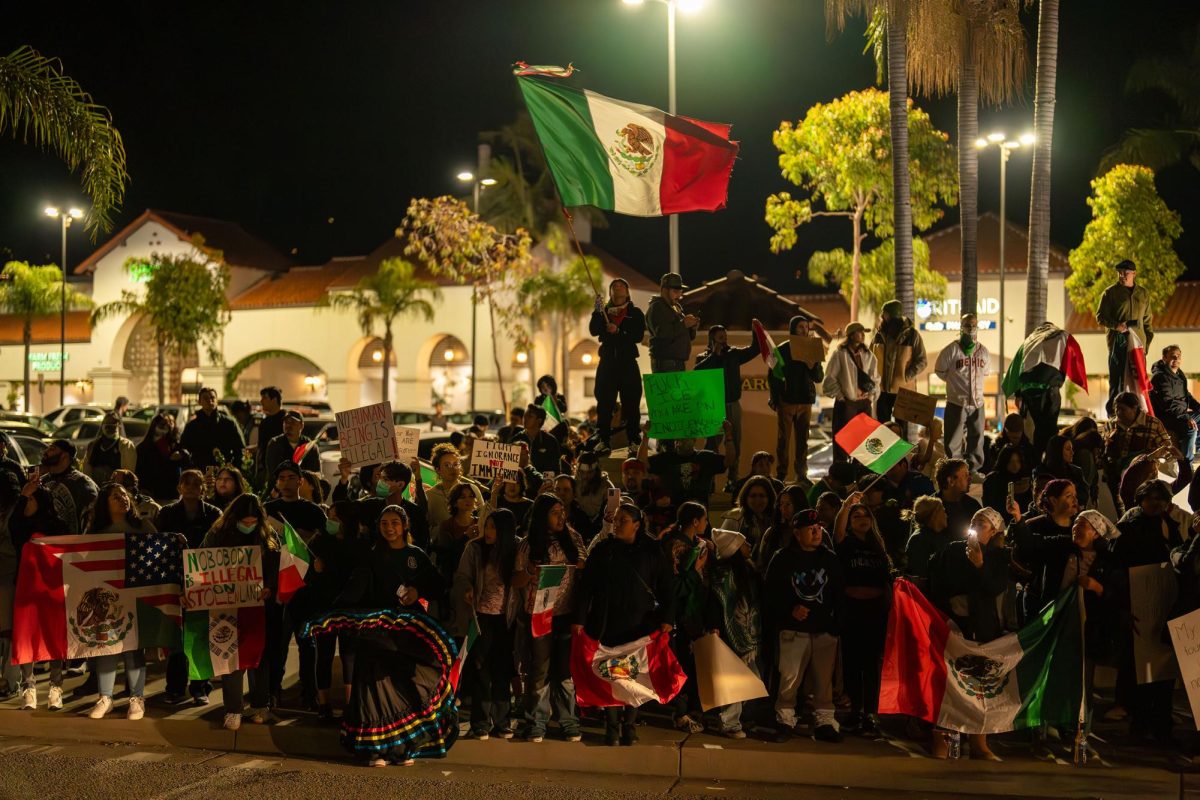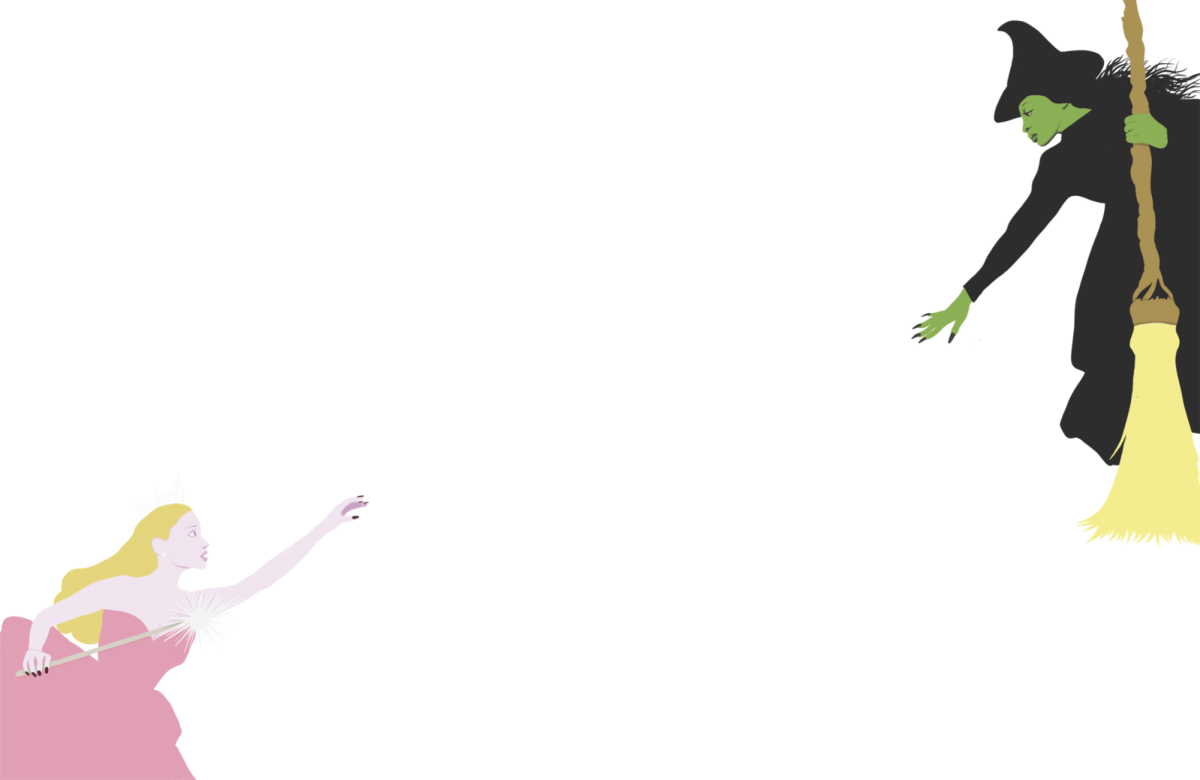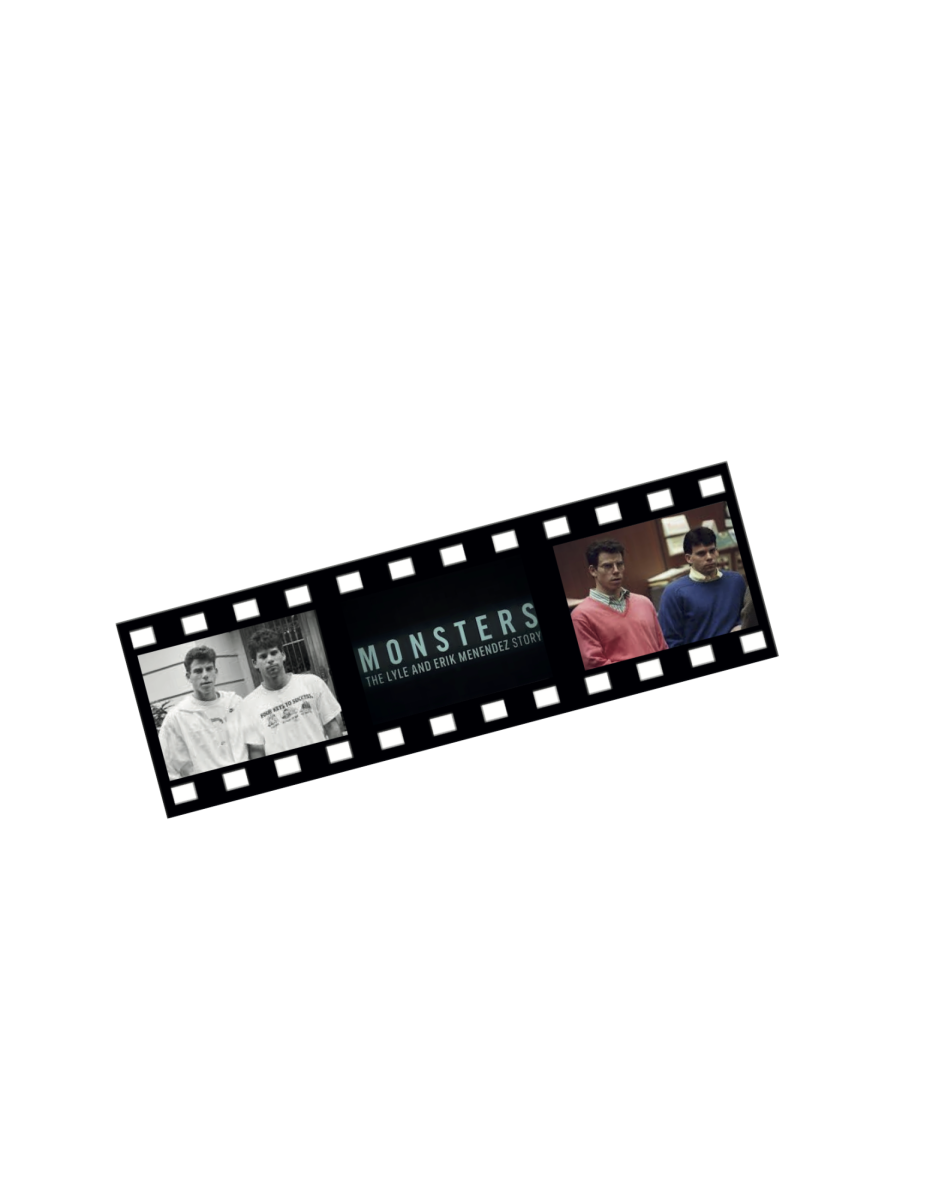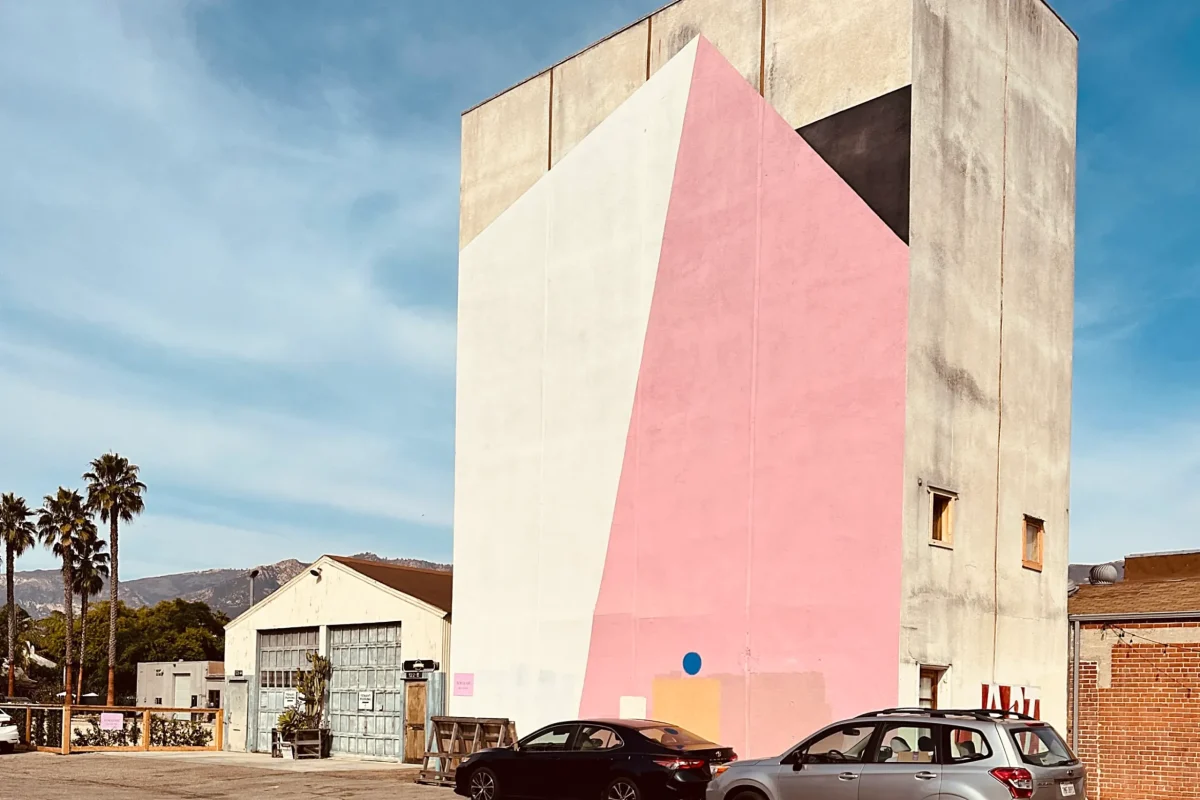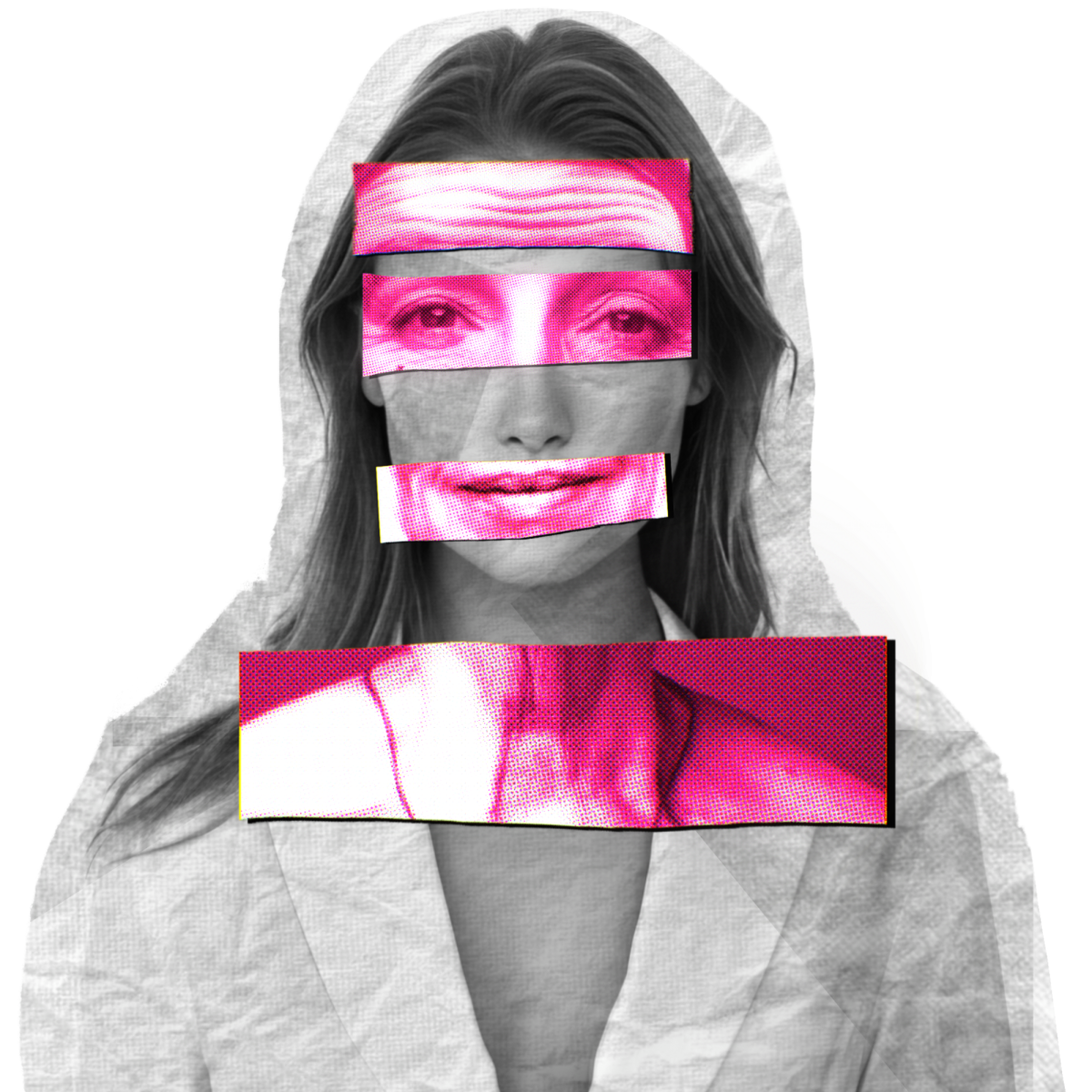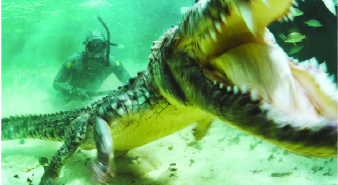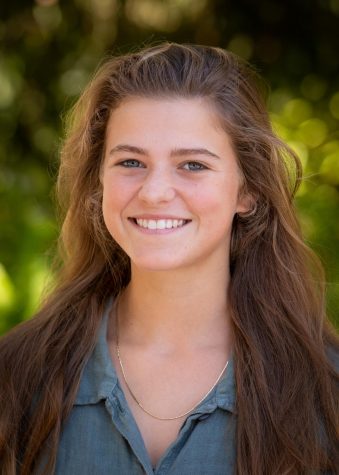Alumn at Sea
Mark Romanov ‘09 shares his journey from Laguna to becoming a wildlife photographer.
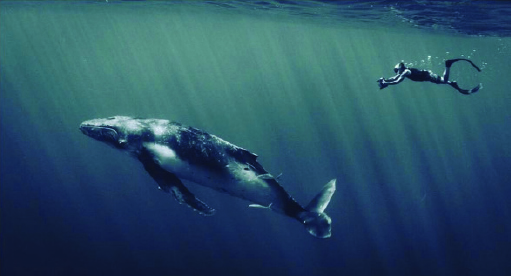
February 26, 2020
From growing up on a farm to helping at pet stores at age 11, to working with a reptile specialist, Romanov has had a love for animals since very early on.
He fueled this passion throughout his years in school and is now a freelance filmmaker for companies such as BBC and Wild Logic.
Out of the various types of wildlife documentaries, he has worked the most in marine photography.
While a student at UCSB, he heard that Rick Rosenthal, original principal cameraman for the BBC whale films, was going to speak at a Laguna assembly.
After the presentation, which included Laguna parent XXXX, science teacher Landon Neustadt told Romanov that the APES class was meeting with Rosenthal over lunch and that he was welcome to join them. “And that’s how I met Rick,” Mark recalled.
Rosenthal has been his mentor ever since, and they ha
ve traveled together across countless landscapes and seascapes and brought the beauty of nature to the world audience.
Q&A
What made you decide to pursue wildlife filmmaking? How did Laguna help further your interests?
A: Laguna was super supportive of me attending a semester-long program in the Bahamas called the Island School. I bought a little underwater camera and started shooting every day and became interested in capturing animals with a camera in the wild. I also did a summer program at UCSB where you get hands-on experience in that field.
Do you have a favorite environment between aerial, terrestrial, and aquatic?
A: Most of my work has been marine open ocean filming, which has been Rick’s specialty for decades. But it’s the most challenging environment, we have no control — boat’s rocking, seas can be rough, we’re working in water thousands of feet deep, miles from shore, and it’s just very hard to find anything in good lighting and safe conditions… But that also makes it rewarding because we can see things that surprise us.
When did you become interested in film?
A: I got into building drones when I was still in college. You couldn’t buy them off the shelf at that time, so I was ordering parts from all over the place. Now, we have these little drones which are much more efficient. But since I was building them, it gave me a lot of helpful experience in understanding them. I’ve never lost one on a shoot, so that’s a point of p
ride. It’s pretty easy to dunk one in the ocean and never see it again. All the advantages of drones were really exciting because it was a new tool that I could learn and use to create my own specialty area in the field.
Can you describe some of the key points in the process of making one of your films?
A: Before I became involved with making them, I assumed that the filmmakers had more tools and secrets than they do. And what I realize now is that it’s all just an incredible amount of time and hard work and patience. So those grand sequences you see in Blue Planet, it’s not that the crew all the secrets and knows the magic and can just go out there and get it done. It’s that they put in months of…trying. It can be pretty difficult to think that after a few weeks of trying and nothing happening, you have to decide, ‘Is this because we’re going about it wrong? Maybe the animal’s not here, maybe we’re using the wrong tools,’ or decide, ‘Yeah, it’s still going to happen, we need to just keep waiting.’ There’s no guarantee — you could sit there for years and never get the shot.
Did you have any role models in that sense, someone who could just wait and still have a positive attitude?
A: Certainly Rick, who’s been my mentor since I met him at Laguna. And the producer of these films, Rick’s wife, Katya Shirokav, who is also a Laguna alum.
Favorite moment filming an animal?
A: Filming orcas in Arctic Norway in the winter. We were working off a sailboat, we’d be sailing through blizzards at times, it felt pretty far out there. And when we’d get in the water, the orcas were just so present, I would say, in terms of how they’re looking at you, how they’re interacting with each other,
how they’re aware of their environment. You just look them in the eye and there’s such an intelligence. You’re not seeing an orca, you’re meeting an orca.
What do you have in mind for the future?
A: I would just like to keep filming wildlife behavior and get to share it with a large audience that wouldn’t otherwise get to see it.
